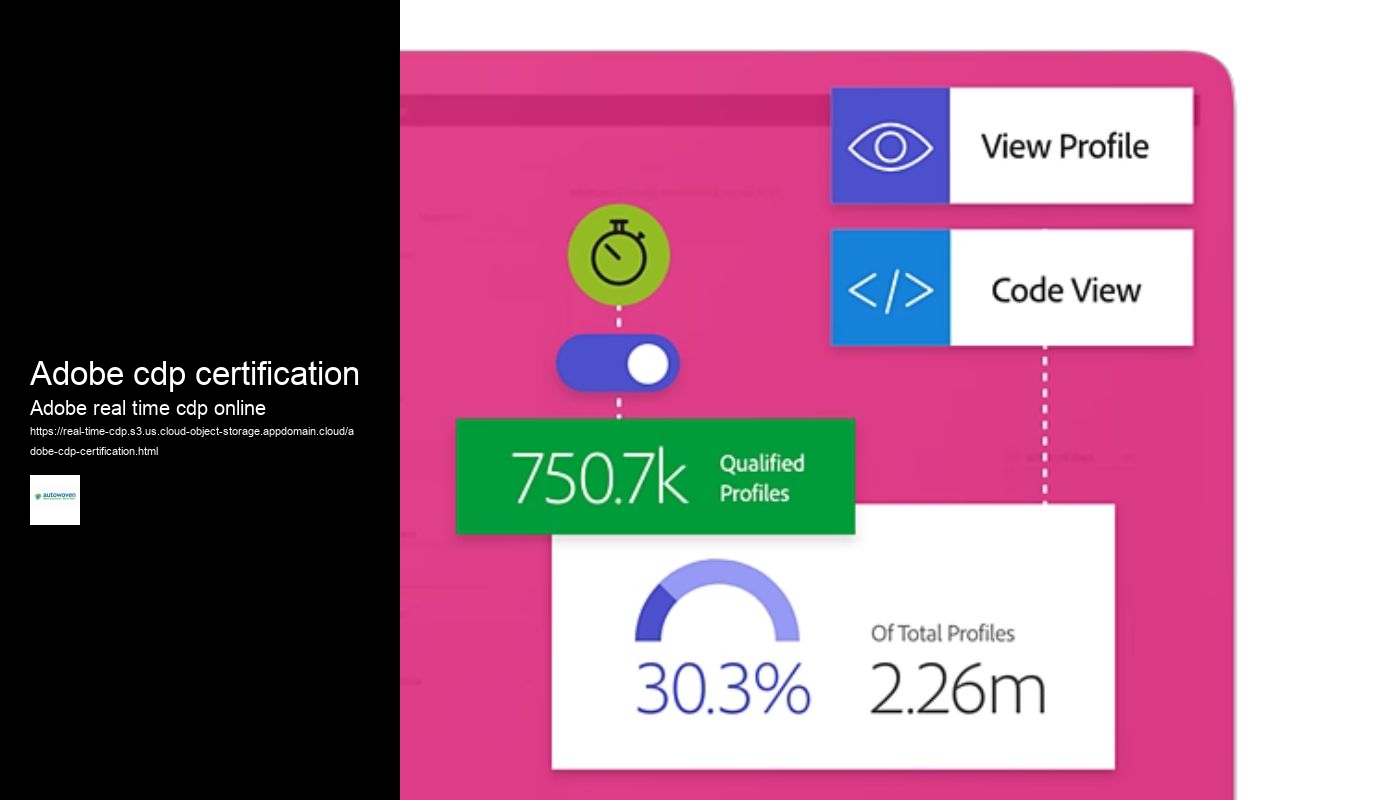The combination of client profiles into a single, comprehensive view is a vital part of efficient customer data management. With the help of the client Profile Management (CPM) module of the Adobe Experience Platform (AEP), Autowoven specializes in managing client profiles. Businesses may establish and manage unique customer profiles using this module, giving them a comprehensive overview of their clientele.
Autowoven helps companies define the criteria for data collecting and segmentation in order to ensure accurate and comprehensive customer profile management. This entails developing procedures for gathering pertinent customer information from several touchpoints and structuring it inside a single customer profile. In order to enable real-time data synchronization with other systems and guarantee that client profiles are accurate and consistent across various platforms, Autowoven additionally makes use of the extensive set of APIs provided by AEP.
Data governance and privacy are crucial factors to take into account while managing client profiles. In order to ensure responsible management of client data, preserving compliance with pertinent rules, and safeguarding customer privacy, enterprises can use AEP's data governance and privacy capabilities with the aid of Autowoven.

